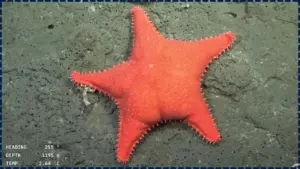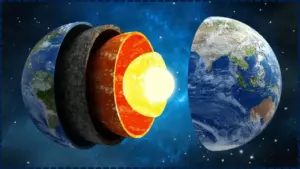China’s Tianwen-2 Mission Launches: China has officially launched its Tianwen-2 mission, setting a new milestone in space exploration with a bold plan to retrieve asteroid samples and explore a distant comet. This ambitious dual-purpose mission reflects China’s growing capability in deep space science and places it in league with global leaders like NASA and JAXA.
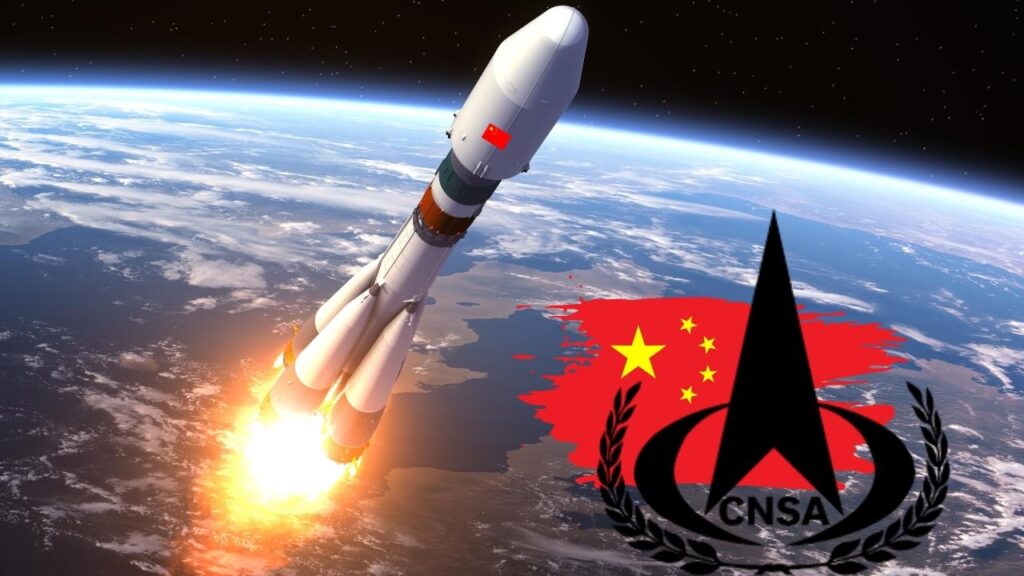
Launched on May 28, 2025, from the Xichang Satellite Launch Center, Tianwen-2 is the latest effort by the China National Space Administration (CNSA) to expand its interplanetary footprint. The mission’s targets—asteroid Kamoʻoalewa and comet 311P/PANSTARRS—hold valuable scientific secrets about the origins of the solar system and possibly life on Earth.
Table of Contents
China’s Tianwen-2 Mission Launches
| Feature | Details |
|---|---|
| Mission Name | Tianwen-2 |
| Launch Date | May 28, 2025 |
| Launch Site | Xichang Satellite Launch Center, China |
| Primary Targets | Asteroid 469219 Kamoʻoalewa and Comet 311P/PANSTARRS |
| Sample Collection | 100g+ asteroid material, return to Earth by Nov 2027 |
| Comet Exploration | Begins Jan 2035, lasts 1 year |
| Significance | China’s first asteroid sample return + comet flyby mission |
| Official CNSA Page | cnsa.gov.cn |
The Tianwen-2 mission is a landmark achievement for China and a major contribution to human knowledge about asteroids, comets, and the early solar system. By successfully collecting samples from Kamoʻoalewa and embarking on a one-year study of comet 311P/PANSTARRS, China is demonstrating technological prowess and scientific leadership. This mission not only expands our cosmic horizons but also inspires future exploration and international cooperation in space.
A Brief History of China’s Space Exploration
China’s journey into space science has accelerated rapidly over the past two decades. Starting with the Chang’e lunar exploration missions that included orbiters, landers, and rovers, China demonstrated its ability to conduct complex robotic missions on other celestial bodies.
In 2021, the Tianwen-1 mission successfully landed the Zhurong rover on Mars, marking China’s first interplanetary landing. Building on these successes, Tianwen-2 is the next step toward mastering asteroid sample return — a technically challenging feat achieved only by Japan and the U.S. so far.
What Is the Tianwen-2 Mission?
Tianwen-2, which translates to “Heavenly Questions-2”, is designed to do two major things:
- Collect samples from a near-Earth asteroid called Kamoʻoalewa, a unique object that travels in a very similar orbit to Earth.
- Fly to a comet called 311P/PANSTARRS and study it up close for at least a year.
Unlike previous missions that focused on just one objective, Tianwen-2 aims to do both sample return and long-term observation. This makes it one of the most complex space missions ever attempted by any country.
Why Asteroid Kamoʻoalewa Matters
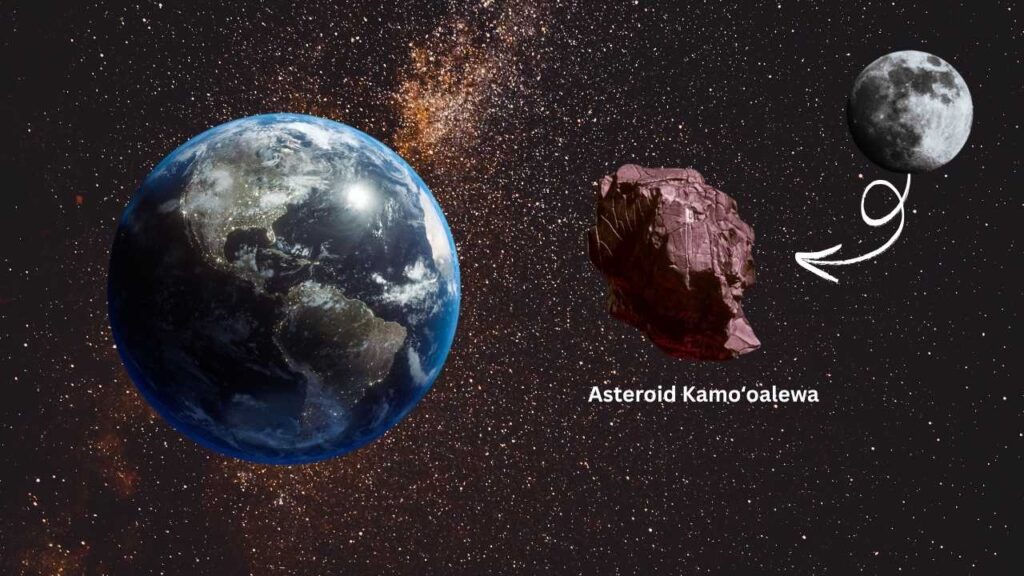
Kamoʻoalewa (also known as 2016 HO3) is a quasi-satellite—a space rock that orbits the Sun but stays close to Earth. Scientists believe it might be a fragment from the Moon, making it especially intriguing.
Key Points:
- Diameter: ~40 to 100 meters.
- Orbit: Semi-stable near-Earth orbit.
- Composition: Possibly lunar material or a primitive asteroid.
- Rendezvous Date: July 4, 2026.
- Sample Return to Earth: November 29, 2027.
Collecting samples from such an object helps scientists study solar system formation, understand asteroid dynamics, and even prepare for future planetary defense strategies.
Scientific Instruments Onboard Tianwen-2
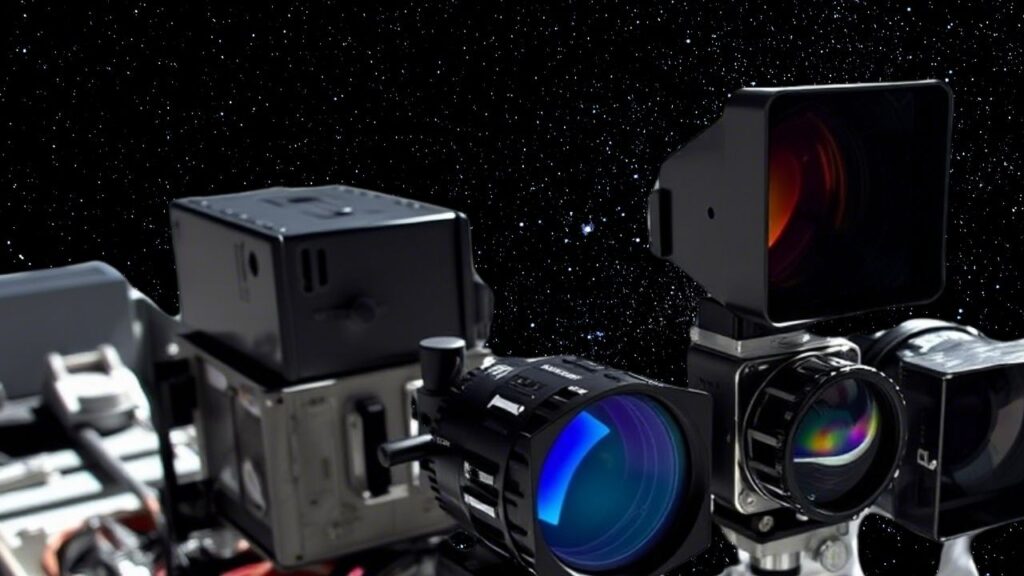
To achieve its ambitious goals, Tianwen-2 carries an array of advanced scientific instruments including:
- Multispectral Cameras to capture high-resolution images of the asteroid and comet surfaces.
- Spectrometers for analyzing the chemical composition of rocks and dust.
- Drill and Sampling Tools for collecting surface and subsurface materials.
- Mass Spectrometer to identify organic compounds and minerals.
- Dust Analyzers to study the comet’s coma (gas and dust envelope).
These instruments enable detailed geological, chemical, and physical analysis, critical for understanding the building blocks of the solar system.
The Challenges of Asteroid Sample Return Missions
Sample-return missions like Tianwen-2 face several hurdles:
- Microgravity Environment: The asteroid’s weak gravity means spacecraft must carefully maneuver to avoid bouncing off.
- Sample Contamination: Ensuring collected material is uncontaminated by Earth or spacecraft substances.
- Navigation and Timing: Precise timing is needed for approach, sampling, and return, often years apart.
- Sample Return Capsule Safety: Safely returning material through Earth’s atmosphere without damage.
Overcoming these challenges requires cutting-edge autonomous systems, robotic dexterity, and thorough mission planning — all being tested by Tianwen-2.
Exploring Comet 311P/PANSTARRS
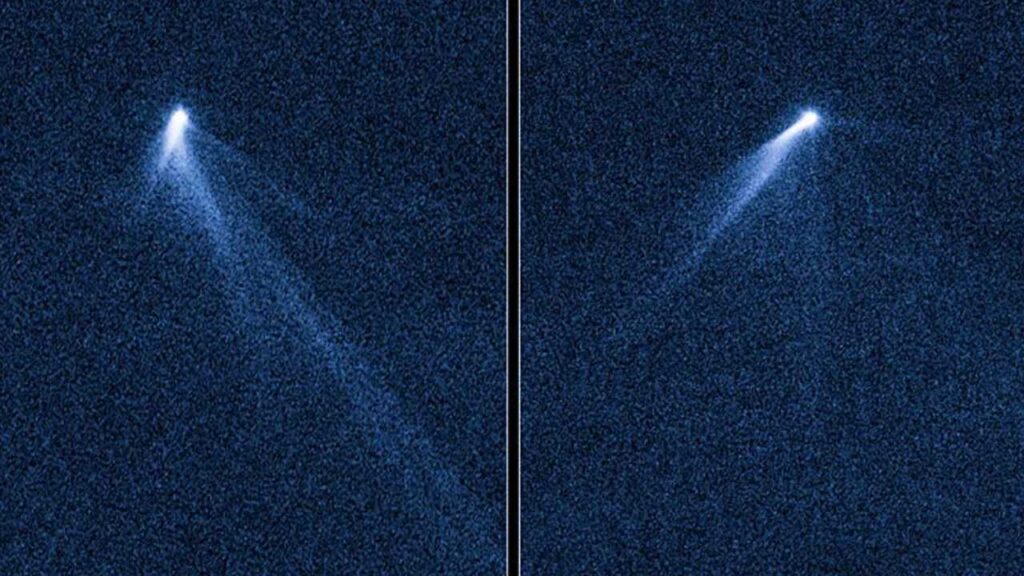
After returning asteroid samples to Earth, Tianwen-2 will head toward comet 311P/PANSTARRS in early 2035. This comet is unique because it behaves like both an asteroid and a comet, showing dust tails but minimal ice sublimation.
Why This Matters:
- Offers insight into the asteroid-comet transition.
- Could help explain how water and organic materials may have been delivered to Earth.
- Long-term observations improve models of comet activity and solar radiation interactions.
This comet study will last at least one year, providing valuable data for planetary science.
Environmental and Space Debris Considerations
As space exploration increases, space debris has become a critical concern. CNSA has planned Tianwen-2’s trajectory and sample return carefully to:
- Avoid collisions with other satellites or debris.
- Use precise reentry angles to minimize risks during sample return.
- Design the sample capsule to burn up any leftover materials safely.
Such responsible planning helps maintain space sustainability and safety.
International Collaboration and Data Sharing
Though primarily a CNSA mission, Tianwen-2 offers scientific data that will be valuable globally. Past CNSA missions have shared findings with international researchers, and Tianwen-2 is expected to continue this trend, fostering global cooperation.
This data exchange benefits global science by:
- Cross-verifying findings.
- Enhancing understanding of small bodies.
- Preparing joint strategies for planetary defense.
The Future: Beyond Tianwen-2
Tianwen-2’s success will likely inspire:
- More ambitious sample return missions to Mars moons or main-belt asteroids.
- Crewed missions to near-Earth objects.
- Improved spacecraft technologies for deep space exploration.
It marks an important step toward China’s longer-term goal of becoming a leader in human spaceflight and planetary exploration.
Public Engagement and Educational Outreach
CNSA actively shares mission progress with the public through:
- Live broadcasts and mission updates on its official website.
- Educational materials for schools to inspire the next generation of scientists and engineers.
- Collaborations with universities to promote STEM learning.
Such efforts help build public support and nurture future space professionals.
Practical Takeaways for Aspiring Professionals
For students and professionals interested in space science and engineering, Tianwen-2 highlights key lessons:
- Long-term project management for complex missions.
- Systems engineering integrating robotics, navigation, and communication.
- Interdisciplinary teamwork between scientists, engineers, and policy makers.
- The importance of international collaboration in advancing knowledge.
Following CNSA’s updates and participating in related research or internships can open career pathways in the growing field of space exploration.
Graphene Breakthrough Promises Faster, Smaller, More Efficient Electronics
The Rise of Electrochromic Glass: Smart Windows That Save Energy and Adapt to Light
AI Meets Materials Science: How Machine Learning Is Accelerating Scientific Discovery
FAQs About China’s Tianwen-2 Mission Launches
What is the main goal of Tianwen-2?
To collect asteroid samples from Kamoʻoalewa and study comet 311P/PANSTARRS to understand solar system evolution.
When will the asteroid samples return to Earth?
The sample return capsule is expected to land on November 29, 2027.
How big is the asteroid being studied?
Kamoʻoalewa is approximately 40–100 meters in diameter.
Is Tianwen-2 a crewed mission?
No, it is an uncrewed robotic spacecraft.
Will the comet part of the mission happen right after?
Yes, after releasing the asteroid samples to Earth, the probe will travel toward comet 311P, arriving in 2035.
How can I follow the mission progress?
Visit the official CNSA website: cnsa.gov.cn for updates and educational resources.















